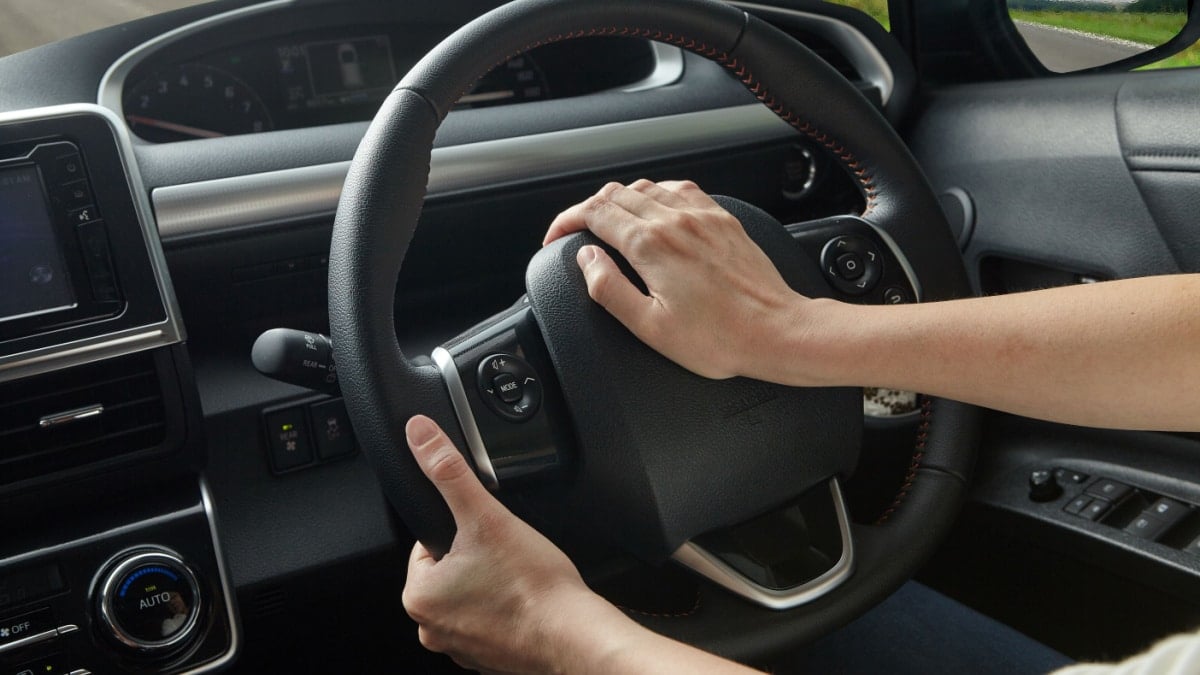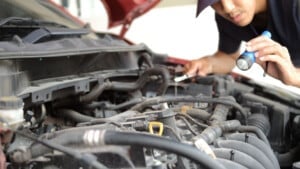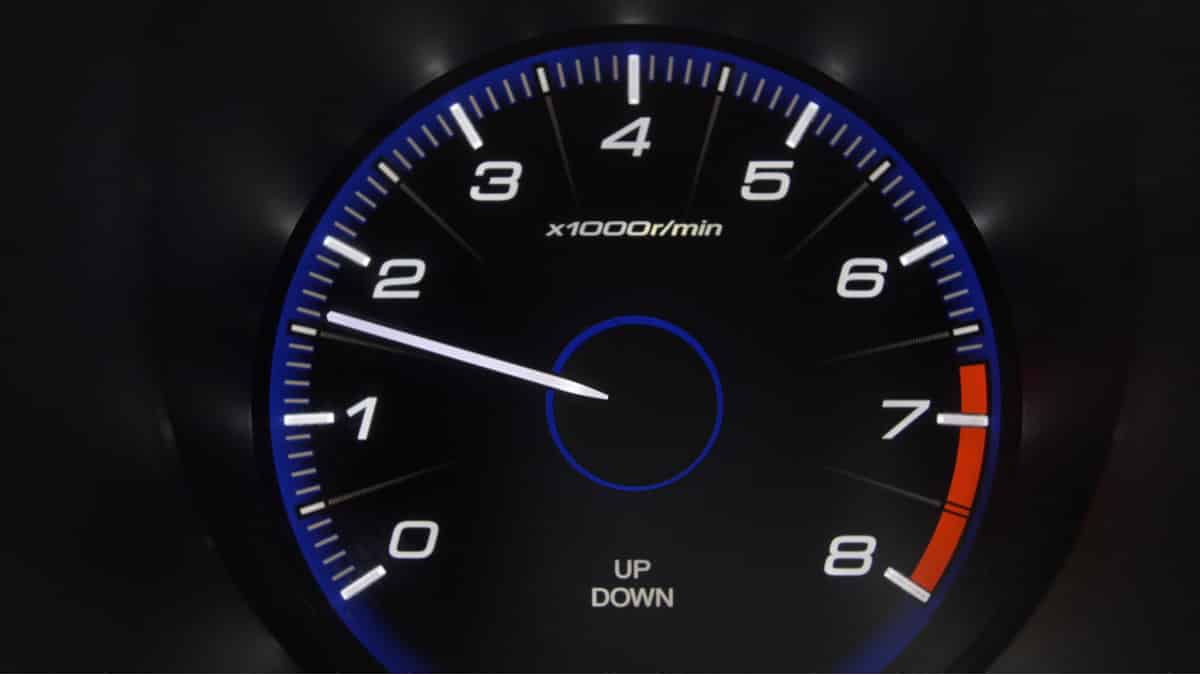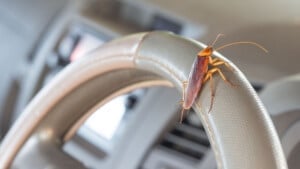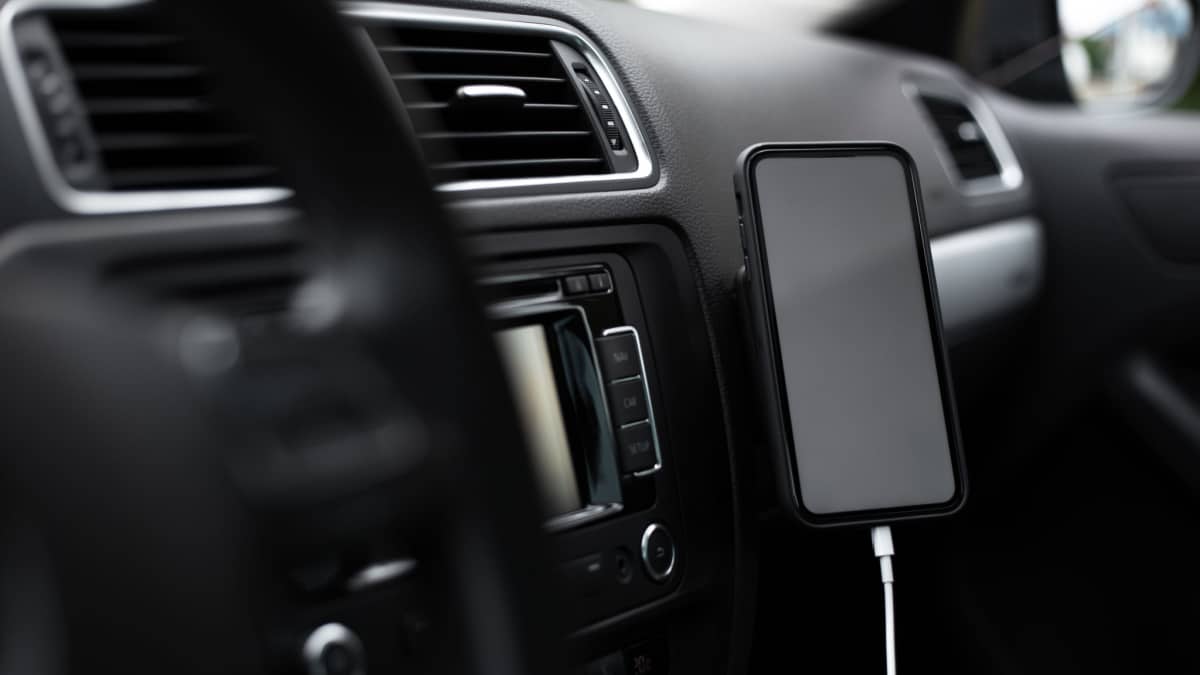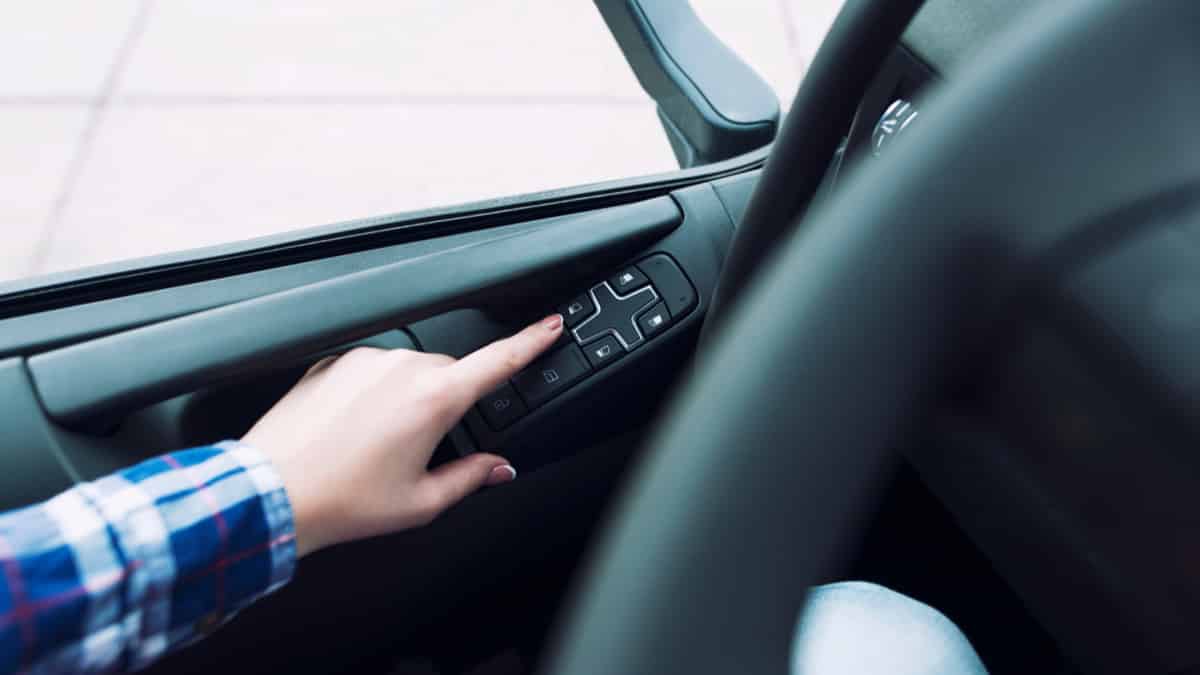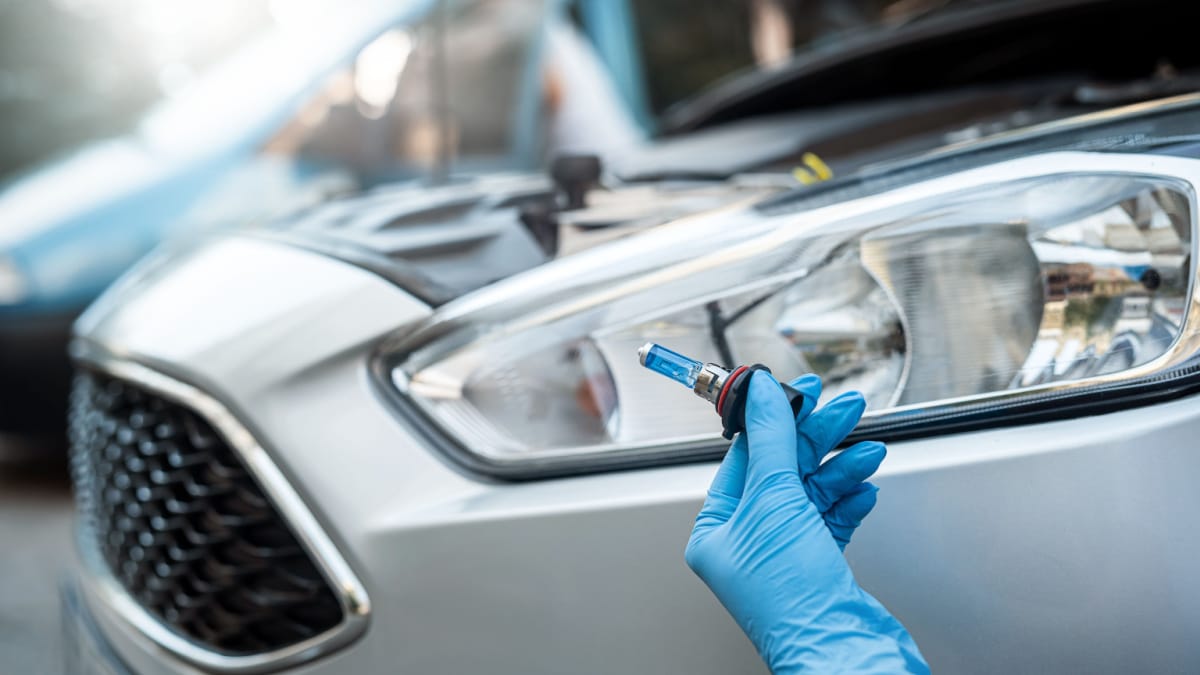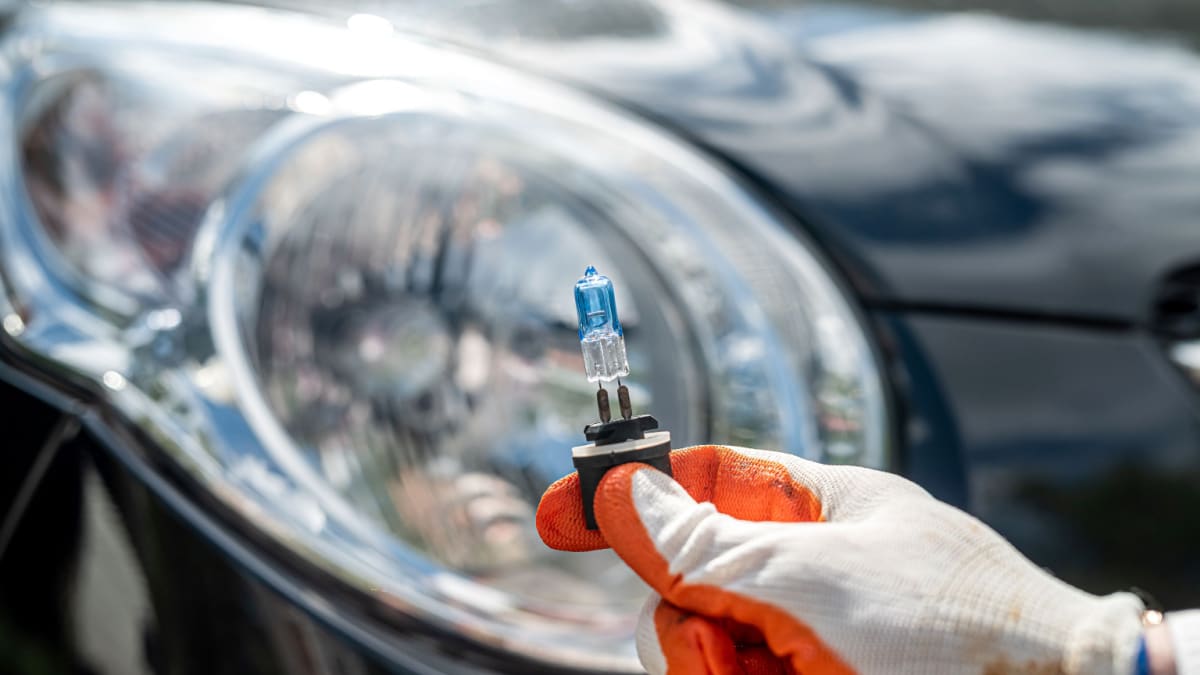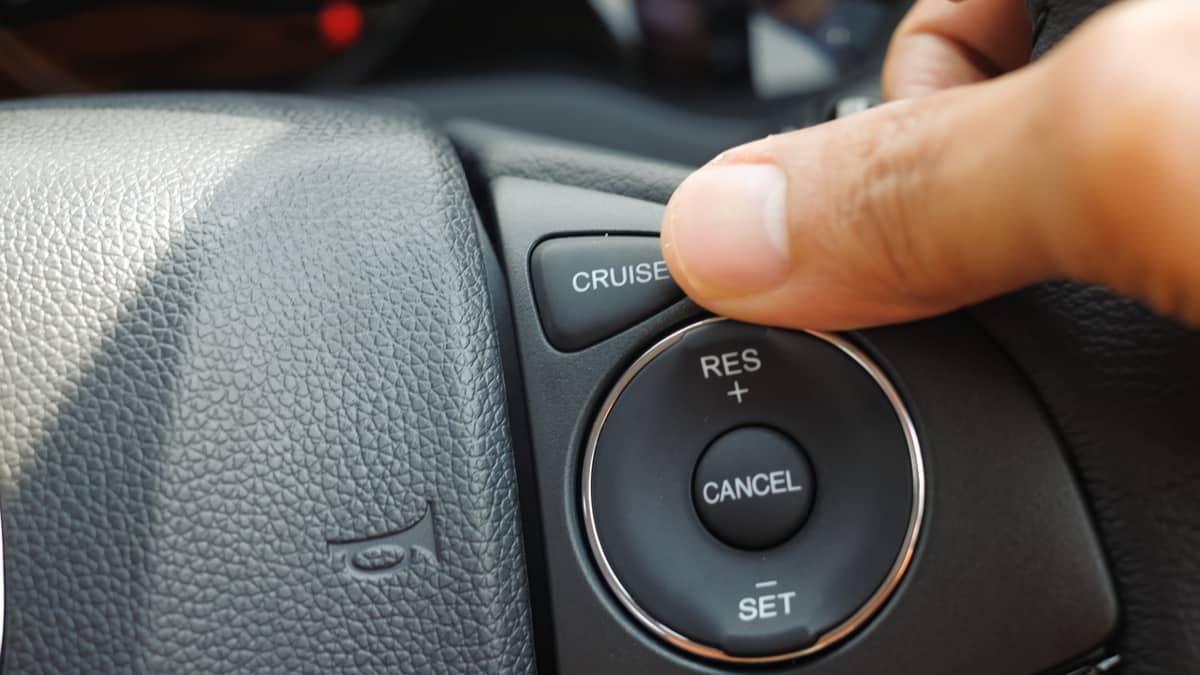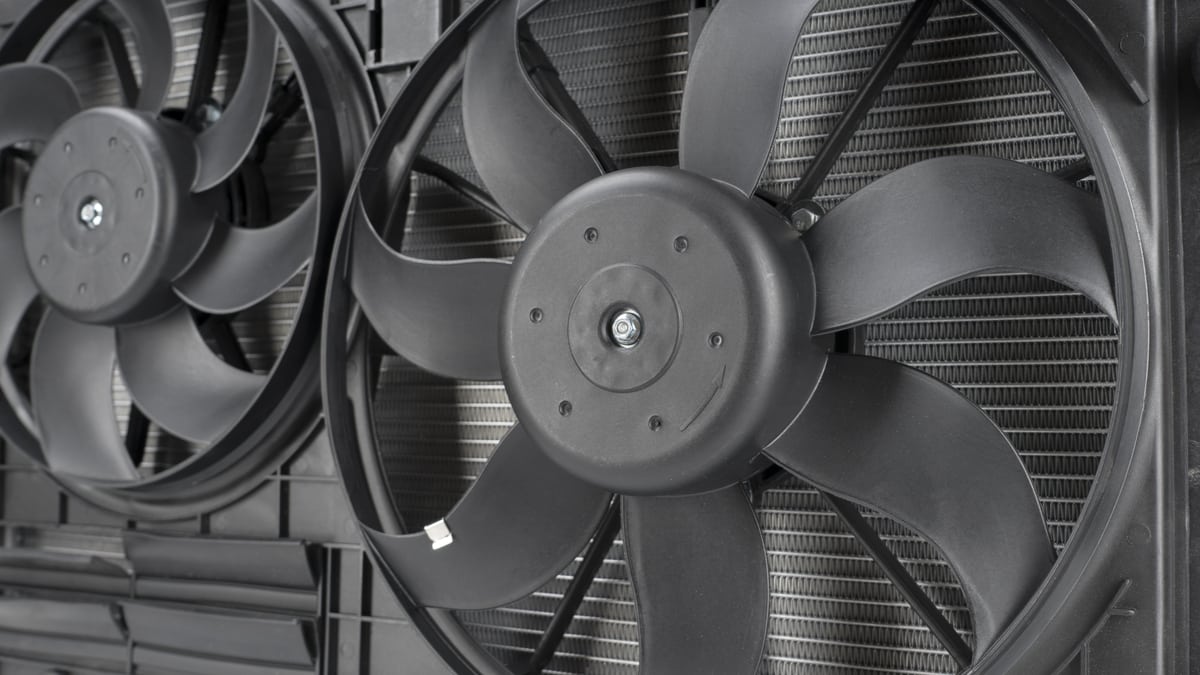Whether you are hoping to tell someone that you have arrived at their house or you are looking to yell at a bad driver, it’s important to have a functional car horn. Without a car horn, you may feel muffled from expressing yourself on the road. That’s why it’s important, when the car horn is not working, to have it fixed immediately.
In this guide, we cover the top reasons that the car horn may stop working. Understanding what has gone wrong helps you determine which of the appropriate fixes to try first. Plus, we answer your top car horn questions at the end of this article.
Causes Of Car Horn Not Working
The most likely reason why a car horn is not working is a blown fuse. It can also stop working because the horn is broken or there’s a bad clock spring. Additionally, a faulty relay, wiring issues or a bad horn switch can also cause the same problems, making it impossible to blow the horn.
We’ve outlined the top six reasons for you to consider.
1. Blown Fuse
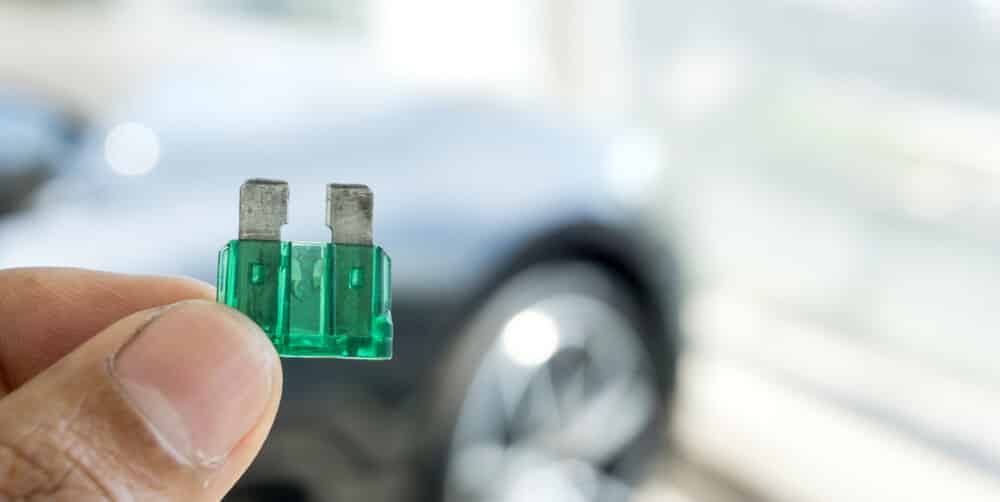
A blown fuse is the number one reason for the horn to stop working. Everything electrical in your vehicle runs through the car fuse box.
When a fuse blows, it means that a circuit was overloaded or it simply shorted out. Instead of allowing damage to the horn, the fuse becomes a sacrificial lamb, so to speak.
2. Broken Horn
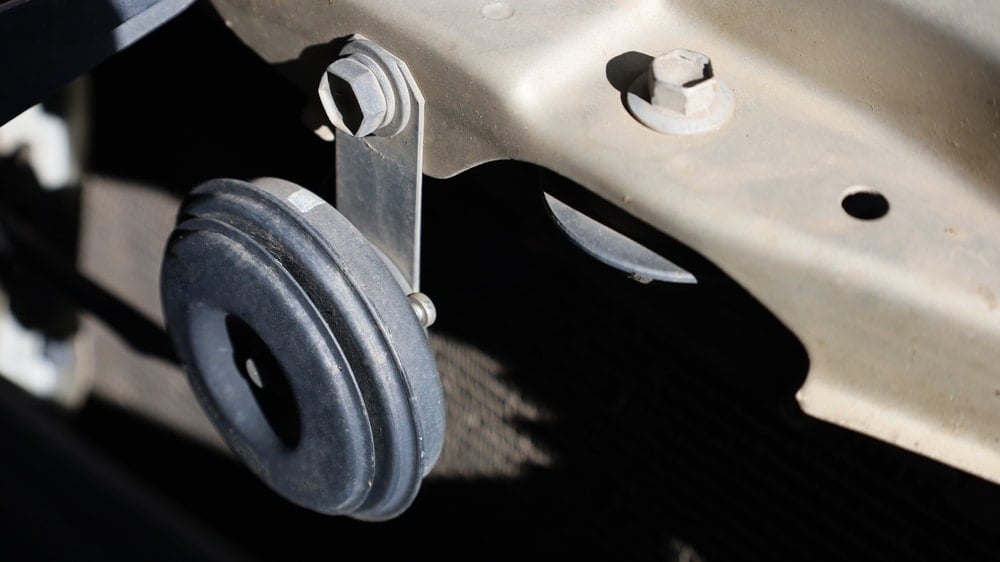
It’s also possible that the horn itself is damaged. Because the horn is found near the front of the vehicle, it can be exposed to ice, dirt, stones, debris, snow and road salt.
The majority of cars have a single horn. If this horn fails, there will be no sound. If you have a vehicle with multiple horns and one goes out, there could still be some sound. It will be less powerful overall or you could hear some clicking with the noise.
3. Bad Clock Spring
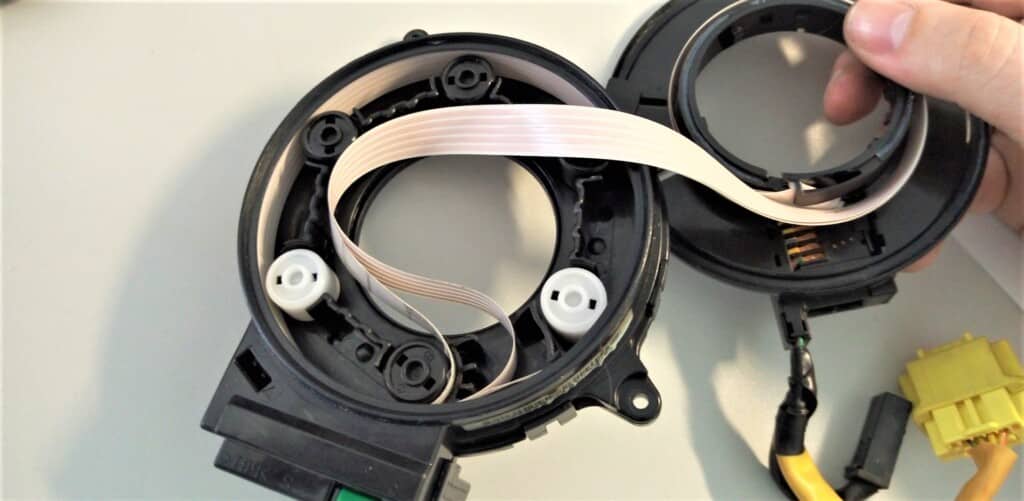
How is it that the horn continues to remain connected with the electrical system even though you are rotating the wheel in multiple directions? You can thank the clock spring for making this action possible. The clock spring is made up of wires wound into a coil that ensures a solid electrical connection, even when the wheel is turned.
When the clock spring fails, the connection becomes interrupted and the horn may no longer work. The airbag warning light may also come on the dash since the clock spring is responsible for keeping a connection between the driver’s side airbag and the electrical system. You may even notice trouble using some of the steering wheel controls, such as the cruise control and radio buttons, because these all need an electrical connection too.
4. Faulty Relay
The horn relay can be found in the fuse box that’s underneath the hood. It’s also known as the power distribution center.
When the relay goes bad, the horn will no longer be able to work. You may also hear a clicking sound that comes from the area of the relay when you attempt to honk.
5. Wiring Issues
The horn runs through the electrical system. Therefore, you can assume that electrical wires run through the system to keep it connected to all of the associated components. With that in mind, you also know what can happen to electrical wires over time.
It’s normal for wires to wear out, especially after many years of use. There’s also an issue with corrosion at some electrical connections. Even if a connection comes loose, the horn can stop working. Dealing with electrical wiring issues can be one of the most cumbersome of the causes, but it’s not as common as some of the others.
6. Bad Horn Switch (In the Steering Wheel)
The switch for the car horn can often be found in the center pad located on the steering wheel. When you push that switch, the horn circuit closes and power is sent to the horn to make a noise. This is a modern design, different from when the horn required you to push the entire steering wheel center.
When this switch goes bad, you have a mess to deal with. Because the switch is located so close to the driver’s side airbag, it’s not usually advisable for anyone but a professional mechanic to deal with. What could have been an easy fix turns into an expensive repair bill. We will talk more about that in a few minutes.
How To Fix A Car Horn That’s Not Working
Once you recognize that the car horn isn’t working, it’s time to start diagnosing the problem. You should start by measuring the voltage to the horn and checking the ground. You also want to examine fuses, relays and the clock spring. If replacing the horn doesn’t fix the problem, you might need to visit a local mechanic.
Here are some repair steps to consider.
1. Measure Ground and 12V+ to the Horn
Before you do anything else, read the service manual for your vehicle. It’s important to learn the schematics of your vehicle and the necessary repair procedures that are manufacturer specific. Once you are ready, get your multimeter and prepare to check the connection.
Begin with the ground connection by following these steps.
- Choose the Ohm setting on your multimeter.
- Put one lead on the metal chassis of your vehicle.
- Put the other lead to the end of the ground that’s not attached to anything.
- Get help from a friend or family member to press the horn while you measure the ground coming to the car horn. Usually, the car horn is controlled with ground off/on, and a constant 12v+ power.
- If the multimeter reads zero when pressing the car horn, your ground is good. Otherwise, you need to replace the wire.
You should also check to see if the horn is getting power. The horn should be receiving 12 volts of power. If not, there’s clearly an electrical issue.
2. Check Fuses and Relays
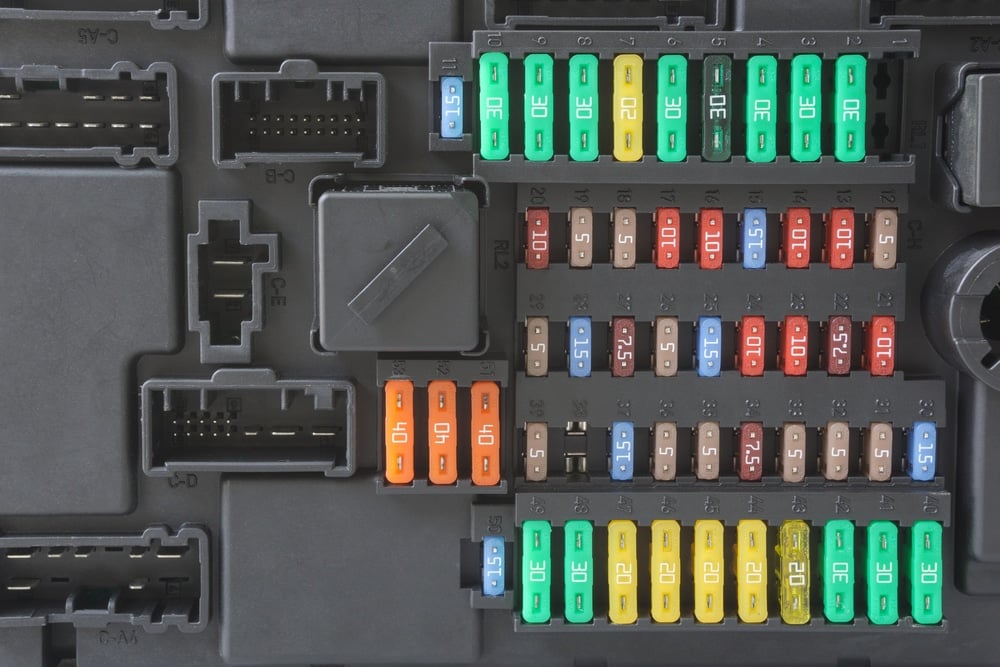
Research the fuse box locations by looking in the owner’s manual. There’s likely one on the driver’s side under the steering wheel and another under the hood of the vehicle. Start with the in-cabin fuse box because this tends to be the most likely culprit.
Find the fuse that runs the horn and take it out. You may need to use a pair of plastic tweezers. Check the fuse to see if the inside wire has been broken. If it has, you need to replace it. Additionally, you want to make sure that the fuse rating is correct for where it’s placed.
Additionally, you want to check the relay under the hood. Once you’ve replaced either the fuse or the relay, try the horn to see if it’s working now. If not, continue through our steps.
3. Check if the Horn Works in Different Steering Wheel Positions (Clock Spring)
Move the wheel around and try to blow the horn again. If the horn works in some of the positions but not others, the clock spring is to blame.
With many cars, removing the clock spring also involves getting near the airbag. For this reason, you may prefer to move to step #5 for this repair.
RELATED: 5 Symptoms Of A Bad Clock Spring (& Replacement Cost)
4. Diagnose and Replace the Horn
It’s time to check the horn itself. In some vehicles, the horn can be found near the radiator or behind the grille. Use your factory manual to determine which connections are running to the horn. We will use these wires to jump the horn and see if it works.
Take off the connector to the horn and attach your jumper lead. It should be placed between the positive (+) terminal on the horn and the corresponding battery post. Connect the other jumper wire to the negative (-) terminal on both the horn and the battery post. If the horn sounds now, there’s nothing wrong with it. Otherwise, your horn needs to be replaced.
5. Contact a Professional
There are multiple reasons why you will want to get help from a professional mechanic. Even the best of us sometimes require a little more help. We recommend avoiding any at-home repair that’s near the airbag or requires its removal. This can be a dangerous situation. It’s also possible that you won’t be able to figure out what’s wrong. Instead of continuing to spin your wheels, have a mechanic check it with professional equipment.
If you need to find a local shop, take your time to find a trustworthy mechanic so you don’t get scammed. Talk with your friends and family about what shop they recommend. You can also read through online reviews to see what locals in your area think about the repair shops.
How do you fix a car horn that is not working?
When the car horn stops working, a blown fuse or bad relay could be to blame. It’s also possible that the horn is broken or the clock spring is to blame. Furthermore, any wiring issue or trouble with the switch could cause the horn to stop sounding.
How much does it cost to repair a car horn?
The cost depends on the repair. For example, replacing a blown fuse may only cost $10. On the other end of the spectrum, the cost to replace a clock spring could be between $350 and $650. Any work that you can do on your own helps you to avoid labor costs.
Can you drive with a broken horn?
Check your state horn laws to see what’s required in your area. It may be permissible to drive without a horn, but it’s not the safest option. You won’t be able to alert others to danger and a broken horn increases your chance of getting into a car accident.
Do car horns run out?
There’s no fluid inside the horn that would leak or run out, but the horn can stop working. Because it’s an electrical component, any damage can cause the horn to stop working. With a proper diagnosis, you can have the offending part replaced, so the horn works once again.
We all want to have a functional car horn, not just to tell others when we have arrived or to signal hello to our friends, but also to keep us safe on the road. When the horn stops working, it’s important that we all take steps to have it repaired right away. Otherwise, we are putting ourselves and others in danger.
With the help of our comprehensive guide, you no longer have to bang your head against the wall trying to figure out your car horn issues. We’ve laid it all out in simple terms, so you can start beeping that horn in no time.
Categories: Electric, Troubleshooting
